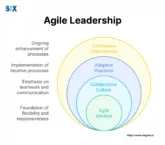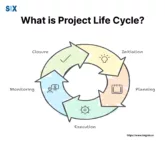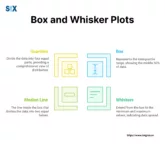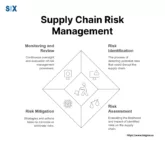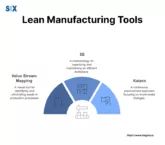How to Create an Effective Project Communication Plan
In project lifecycle project communication plan serves as blueprint for information exchange. With effective communication strategies organizations can complete their pending projects on time and with optimal budget, keeping in mind the critical role of structured communication for the project success. What You’ll Learn What Is a Project Communication Plan? Defining structure and protocols for […]





